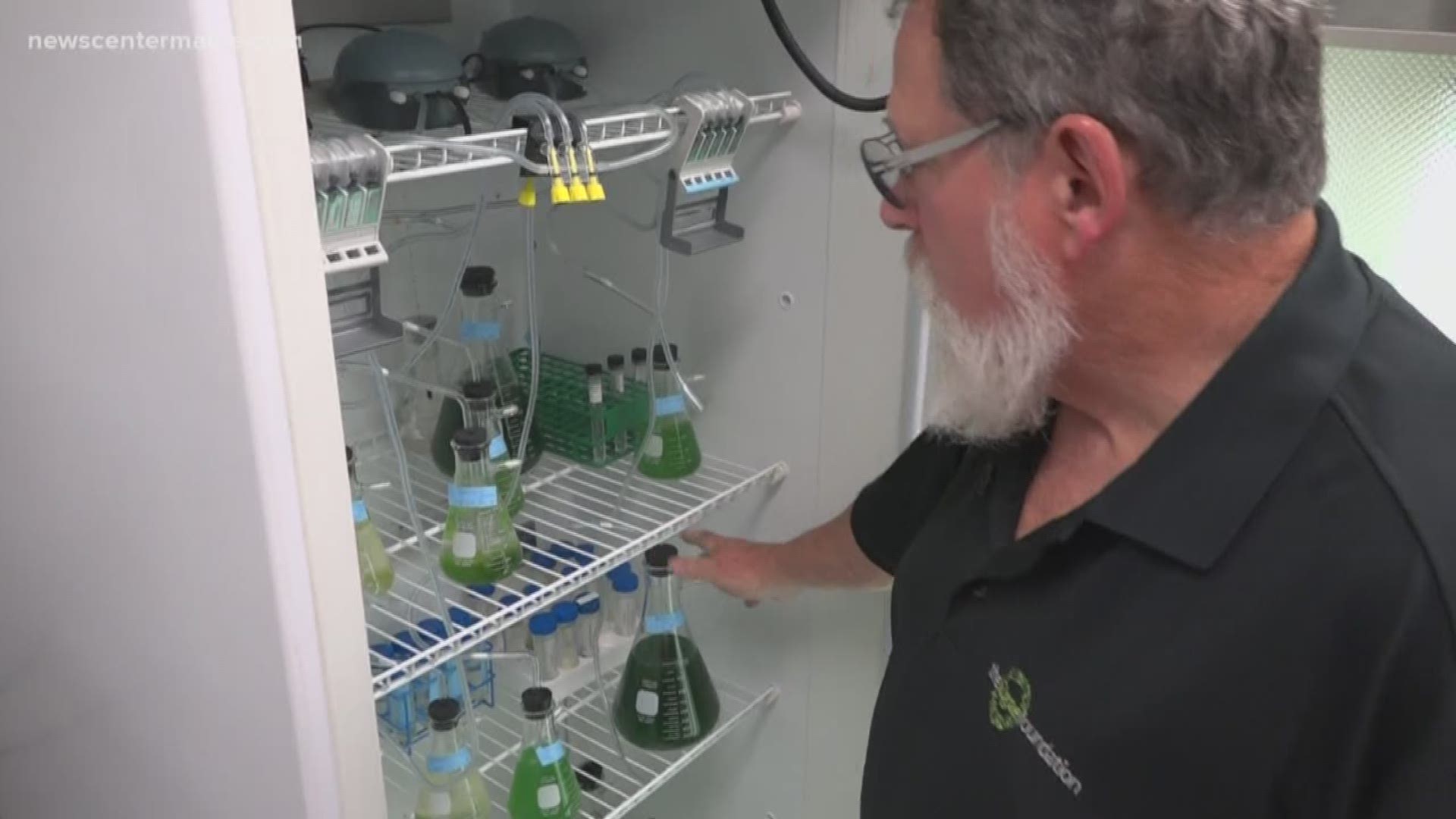You may have seen some of the stories, toxic blue-green algae blamed for killing pets all over the country.
The dangerous sludge can be found pretty much anywhere, including Maine.
Ira Levine is a professor at the University of Southern Maine's Lewiston campus and the President of the Algae Foundation. He and his students spend hours every year studying the thousands of different types of algae, including blue-green -- or cyanobacteria.
"These algae are ubiquitous, they're everywhere," Levine said. "They show up this time of year in the summertime when the water is warm and lots of nutrients run off from the shore."
Levine explained that the plant contains deadly toxins. He says while the algae is not as prevalent here in Maine the consequences of coming across it are just as great, especially for pets. It can cause a rash, fever or sickness in humans and in pets and other animals, it can be downright fatal.
"You can get contact dermatitis, all the way up to death," Levine said. "Algae can be your best friend but unfortunately they can also cause quite a bit of illness."
So what should you do if you think you've come across this potentially life-threatening algae? Levine says feel free to safely collect a sample and then leave it to the experts.
"I don't think it's something truly to be concerned, vigilant yes, but I wouldn't not go in the water of what's happening in North Carolina." Levine said.
For a list of lakes known to be impacted by blue-green algae in Maine, click here.

